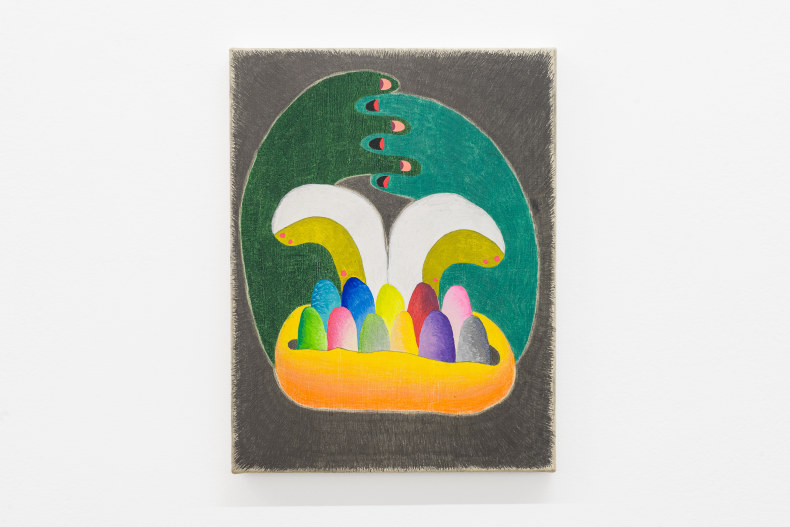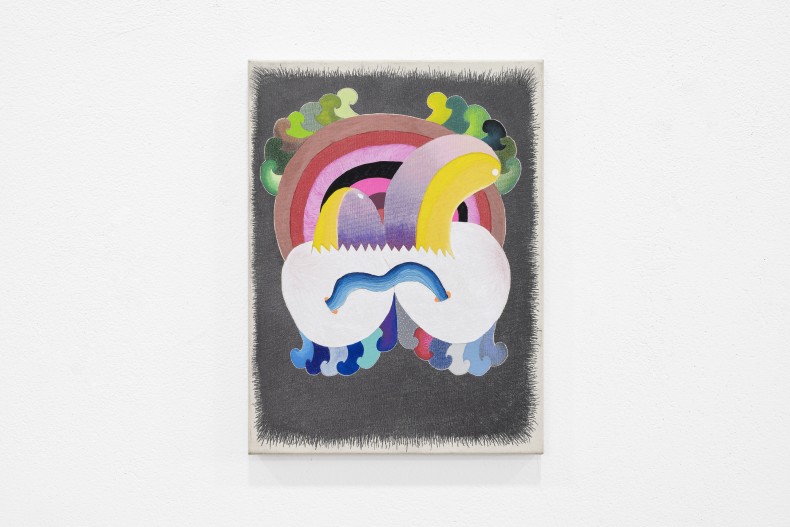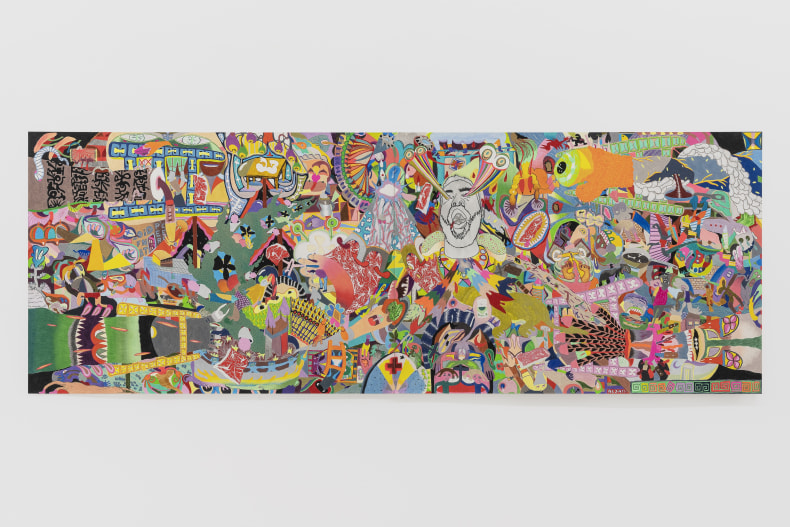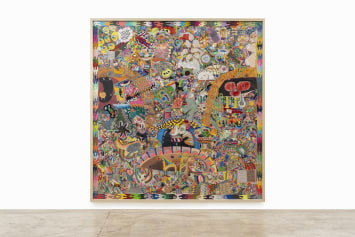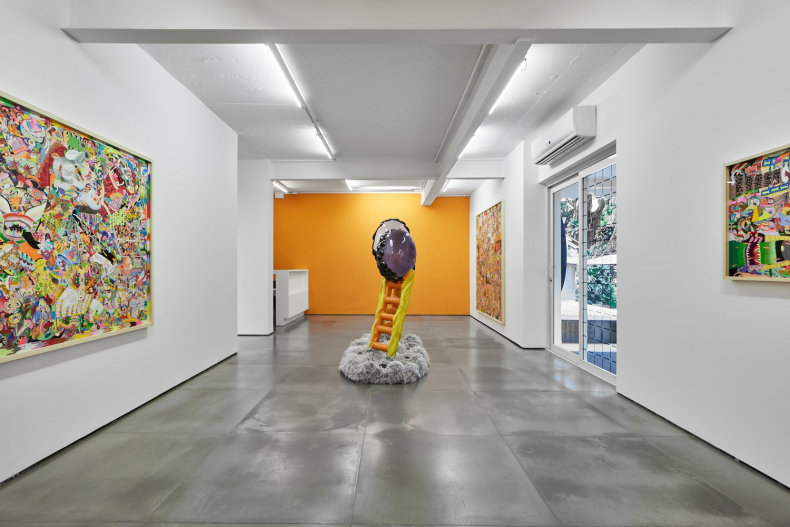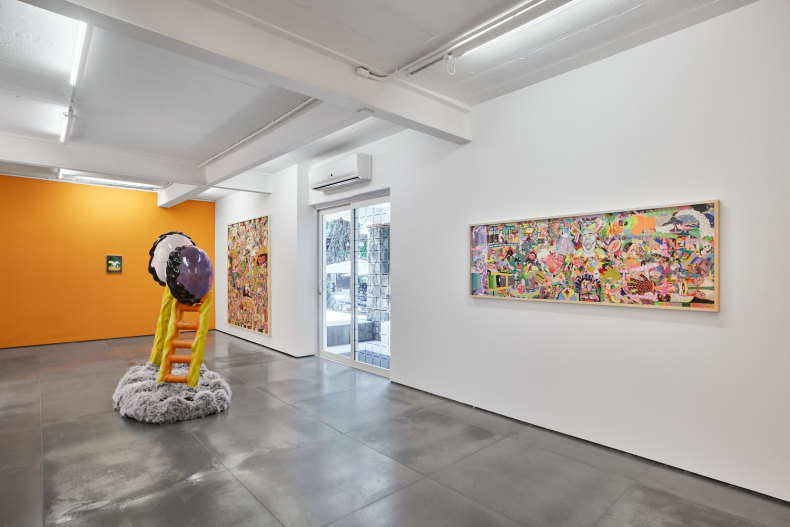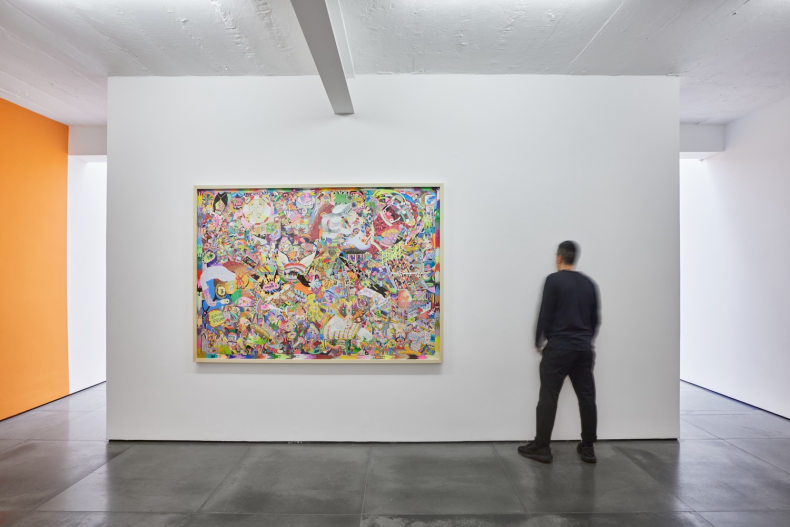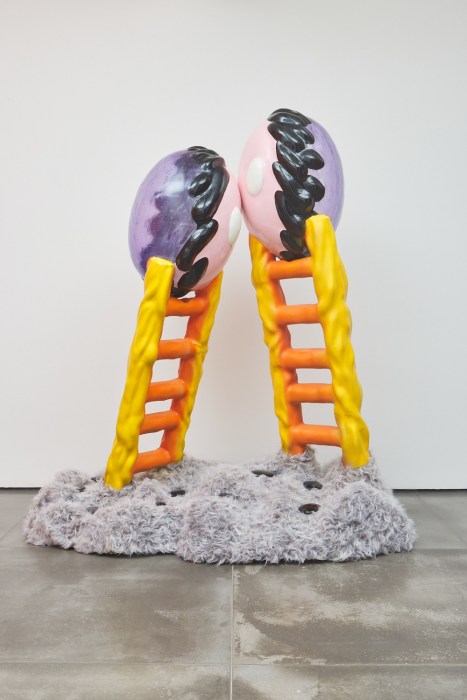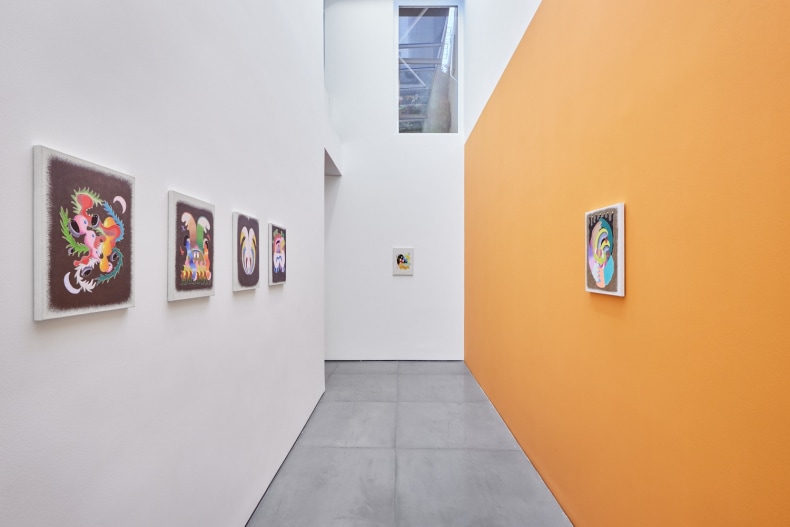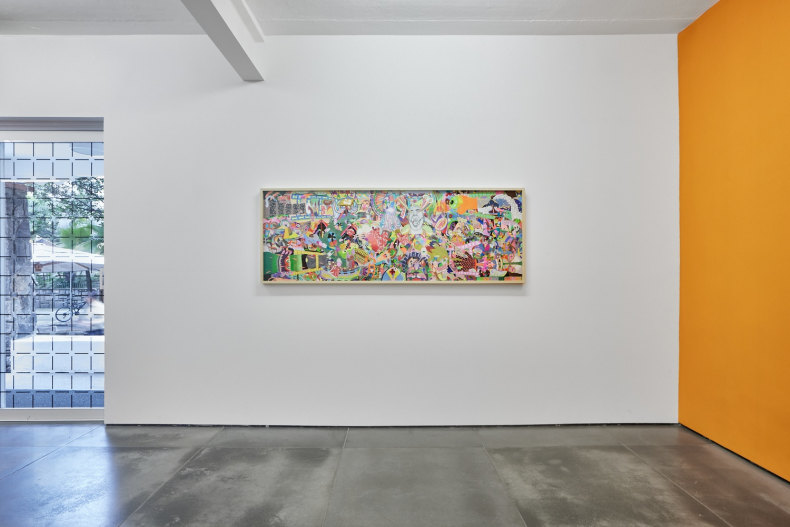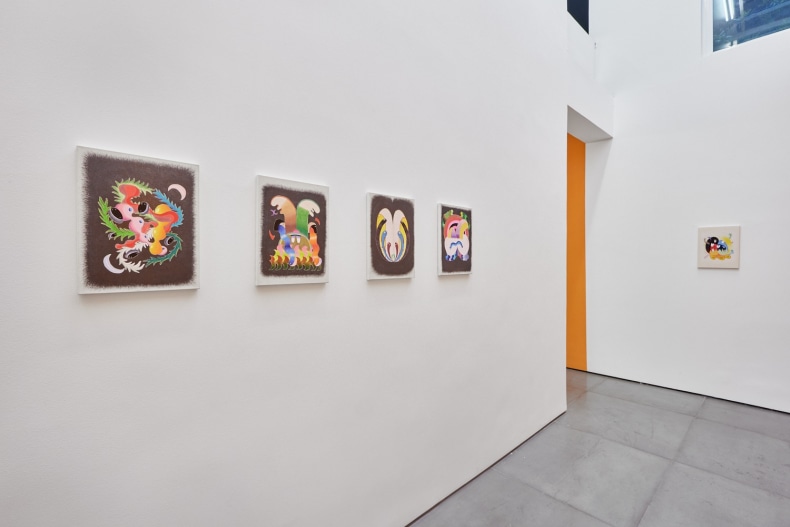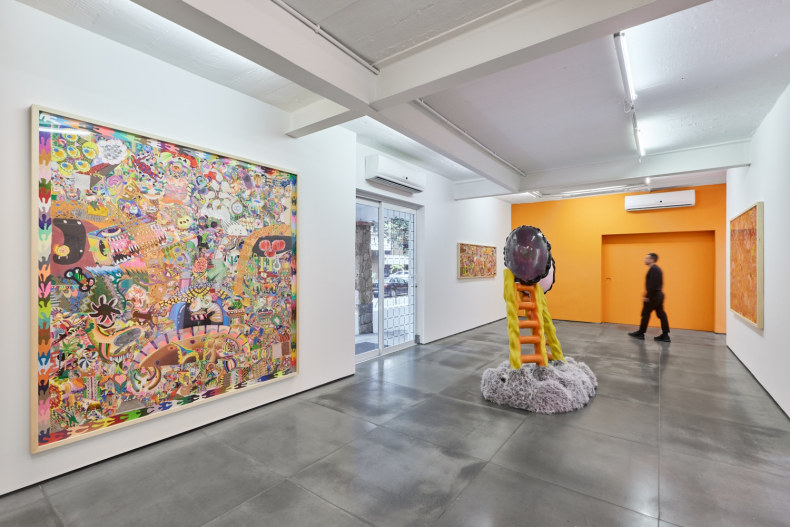Nara Roesler Rio de Janeiro is pleased to announce Depois que entra ninguém sai, artist Thiago Barbalho's first solo show inRio de Janeiro, and his first presentation as part of the gallery’s roster. The exhibition is curated by Raphael Fonseca and features recent works where the artist investigates the possibilities of drawing on paper, on canvas and sculpture work. The exhibition opens to the public on November 10, 2022 and remains on display until January 28, 2023.
Thiago Barbalho has emerged in the Brazilian artistic scenario with large-scale drawings on paper, which are completely covered by intricate shapes creating a web of narratives that are assembled by the public eye. His work has been acclaimed both nationally, with a work having been recently acquired by the Pinacoteca do Estado de São Paulo, and internationally, having been the only Brazilian artist to be part of the contemporary drawing compendium Vitamin D3, edited by Phaidon in 2021.
In Depois que entra ninguém sai, Barbalho presents the works resulting from his investigations from the last two years. “Continuing his interest in the relationship between drawing, painting and color, the artist presents works that are characterized by a horror vacuum - that is, a "horror of the void," inviting us to contemplate detailed images. In his drawings, Barbalho juxtaposes situations, figures, marks and lines, which he intertwines to create inextricably linked compositions.
Seen from afar, these images stand out for their vibrant colors, while up close, they appear to be webs where pleasure, humor, violence and nonsense are weaved together in a juxtaposition of images rich with possible interpretations”, writes curator Raphael Fonseca in his essay for the exhibition.
This most recent period of Barbalho's work is marked by the artist's move from the city of São Paulo, where he lived for a decade after leaving Natal in 2010, to the countryside, where he has been in greater contact with nature. Following this move, the artist initiated a new body of work producing drawings on canvas.
Despite using canvas as support, these works are not paintings. On the contrary, Barbalho continues to use the same materials used in his works on paper. While being significantly smaller in size than his works on paper, his canvases maintain the notion of intimacy through the personal nature of drawing.
In speaking about this set of drawings, Fonseca says: “we see individual figures that, through organic forms and an expressive use of color, present themselves as portraits or anatomical studies of fantastical beings. As in all of Barbalho’s practice, the fictitious boundaries between figuration and abstraction, representation and formal exploration blur and merge into one.”
The exhibition also includes a new work titled Gonads, where the artist sculpturally explores ideas that are fundamental for his practice in drawing such as textures, intense and contrasting colors, as well as strange shapes that are neither fully ordinary, nor fully oneiric. According to Barbalho, the sculpture emerges as a junction between two spheres that remind us both of eyes, and of reproductive organs, like ovaries and testicules, being held up by stairs. In his words, ‘the work seems to represent the culture of excessive vigilance and the absolute visual seduction of contemporary life, linking them to sexual desires and fertility.’ Barbalho plays with the possibilities embedded within sculptural practice, using space to create a fascinating form that plays with open-ended meanings and remains in transformation.
Depois que entra ninguém sai is an invitation for the public to connect with Barbalho's visual universe. According to Fonseca, the show's title itself, in addition to being a metaphor for the artist's creative process, also serves as a metaphor for its reception.
After all, “once the artist inserts shapes onto the various elements of his compositions, they enter a relationship and create visual delight. In a similar way, after our eyes and our body enter Thiago Barbalho’s universe, we cannot easily forget it.”

